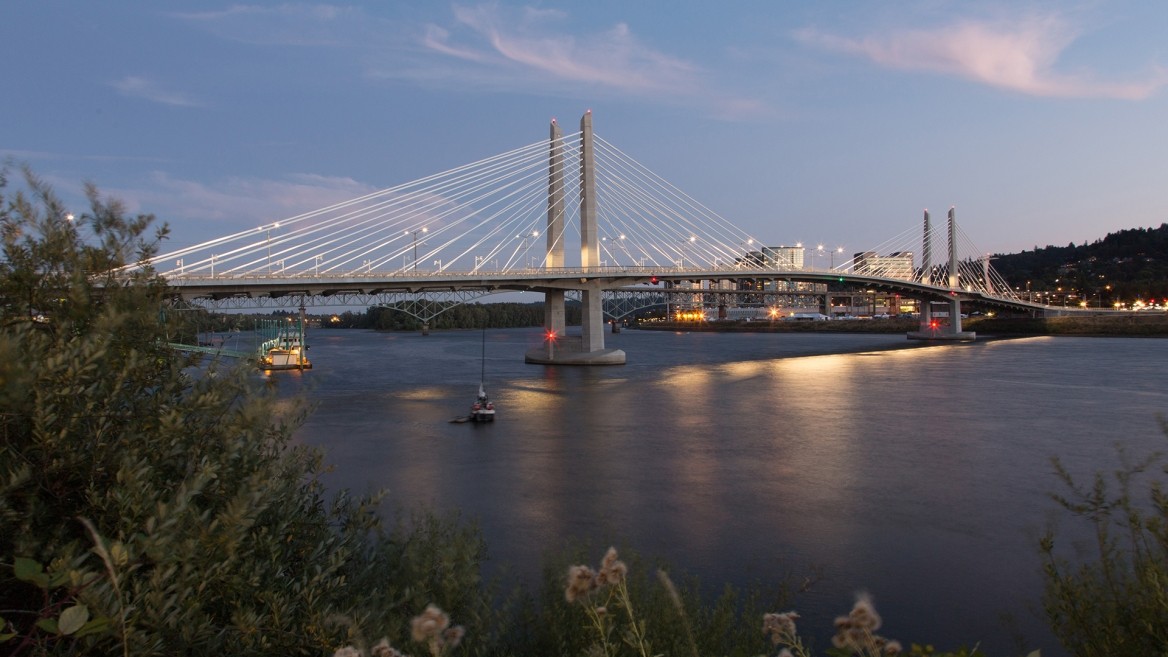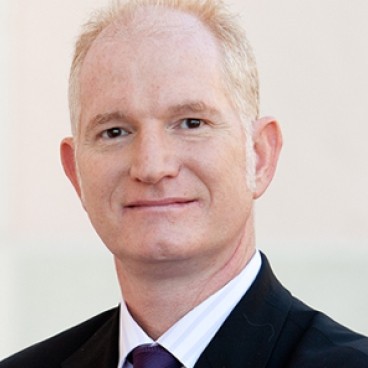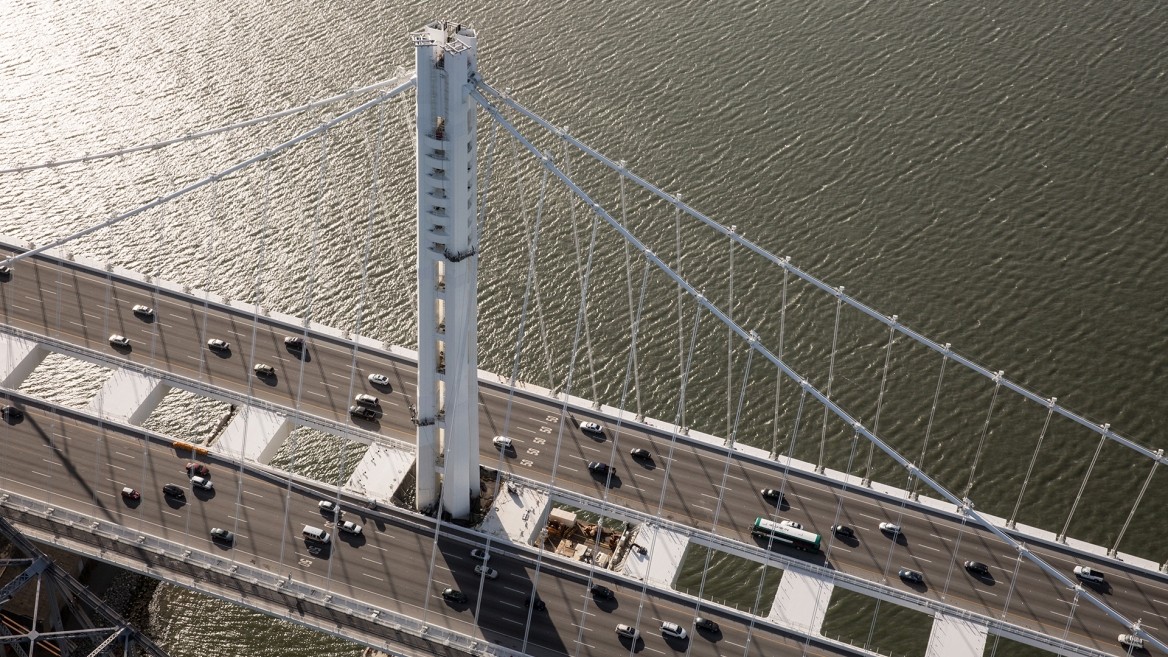Understanding Bridge Technology
Bridges are iconic structures that connect our communities and act as an economic engine through the transport of people and goods. Bridges are critical links for people around the world, and our people are at the forefront of the latest technologies, allowing us to build and restore our bridge infrastructure with a balance of profitability and longevity.
In the US, it is estimated that there are nearly 204 million daily crossings on almost 60,000 structurally deficient bridges. Global demand for safe, reliable, and resilient infrastructure is only growing as extreme weather events hasten corrosion and threaten project lifespans.
Earlier this year, one of our resident bridge engineering experts and sector leaders, Marwan Nader, gave a presentation to the Order of Engineers & Architects – Beirut, outlining some of the latest advancements in bridge technology that address these concerns.
To explain, it can be helpful to think of a bridge’s components as if they are parts of a car:
Fender-benders [shear links]
Many bridges are built in areas with significant seismic activity. Earthquakes can be devastating for communities with big economic impacts. Restoring a bridge for service quickly becomes critical to recovery.
Shear links work like bumpers on a car. If you get into a fender-bender, you can replace the damaged bumper and still operate the vehicle. In the same way, installed shear links can take the brunt of that seismic stress, keep the rest of the bridge intact, and continue to carry the loads. Shear links can be replaced with relative ease and attention can then move to other structural deficiencies.
The San Francisco-Oakland Bay Bridge is the first one to use the shear links technology.
Shock absorbers [viscous dampers]
Viscous dampers are like the shock absorbers in cars, sustaining multiple impacts from the terrain, yet keeping passengers safe and comfortable. The principle is the same on a bridge. Trusses and towers are traditionally the most vulnerable to seismic activity.
With viscous dampers, joint displacement is lessened, increasing safety, and reducing maintenance. Advanced computer modeling allows us to test solutions and improve performance.
Similarly, friction pendulum bearings allow for movement of the superstructure, gliding over the piers, reducing demand by factor of three.
TYLin applied the viscous dampers on the Vincent Thomas bridge in Southern California.

Air conditioning [cable dehumidification]
Air and water are the biggest contributors to cable corrosion. In the past, you could paint the cables to minimize water intrusion, but it traps in water and requires regular maintenance. You could oil the cables, creating a barrier around each wire, but it is difficult, expensive, and ultimately ineffective. You can also wrap the cables, providing UV and ozone protection, but it comes with similar drawbacks.
A new bridge technology, cable dehumidification, applies the basic principles of an air conditioner, and actively removes harmful moisture and other corrosive elements by pushing dry air through the cable.
The concept was approved and installed a few years ago on the Chesapeake Bay Bridge after identifying key injection and exhaust points. The retrofit is cost effective and arrests corrosion. Approximately 550 gallons of water was removed in the first two years of operation, hitting our target humidity within the first few months.
Dashboard [structural health monitoring systems]
To help you gauge the overall health of your car, the dashboard shows you key data points so you know when to pull over for maintenance.
For a bridge, structural health monitoring systems can measure displacement, acceleration, temperature, material strain, tilt, rotation, corrosion, and more. Wireless connections to all the sensors allow for real-time data and focused inspections, saving time, effort, and money.
Whether your next project is a new bridge, scheduled maintenance, or needs rehabilitation, our team of experts has the experience you need with the technologies that will make a difference.

Marwan Nader is Technical Director of TYLin's Bridge practice and a member of the firm’s Board of Directors. He has over 25 years of experience in the design and construction of long-span bridges.
